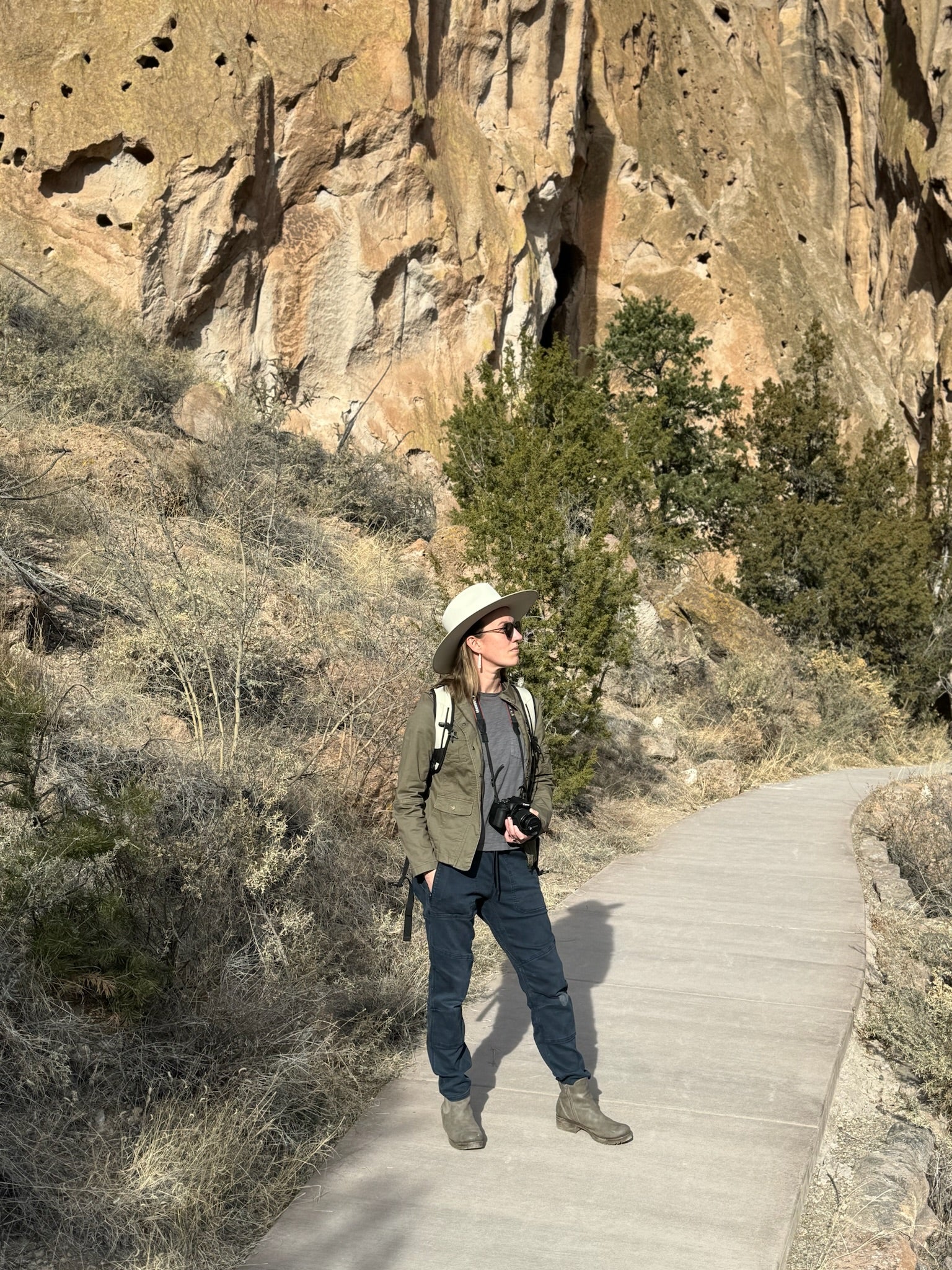
About the Maker
My name is Kate Essington. I’m a hatmaker and a lifelong maker, drawn to materials, process, and the satisfaction of building something with my hands. My background is in anthropology, but it’s through craftsmanship that I connect most deeply to people, place, and story. I make hats with intention, one at a time, using traditional methods, natural fibers, and a commitment to things that last.
How I Got into Hat Making
I grew up in Oregon, where the wild wasn’t out there, it was all around us. At fourteen, I got my first job through a wildlife sanctuary’s conservation program, helping manage the spread of invasive nutria. Brought to North America for fur farming, they’d escaped into the wetlands, carving up riverbanks and crowding out native species. My job was to help keep the ecosystem in balance. It wasn’t glamorous, but it was real work with real impact. Looking back, you could say fate tipped its hat early—a teenage girl in hip waders, waist-deep in the reeds, tracking a fur-bearing animal she’d one day come to work with again. Not as a nuisance, but as a material with value.
After the wildlife sanctuary, I moved on to bigger game, a lot bigger: buffalo. I worked on a ranch in eastern Washington that ran a herd of bison alongside nearly thirty horses. Bison aren’t like cattle. They carry an ancient kind of presence, and when you work around them every day, that weight settles into your bones. We didn’t just feed them, we lived with them. We brain-tanned hides, stretched rawhide for drums, and processed meat by hand. It was real work, done the old way.
The horses were just as central to the operation. We patched fence, mucked stalls, hauled hay, and kept tack in working order. Chores started early and didn’t stop for heat, dust, or wind. I came to understand the rhythm of the ranch: a good hand doesn’t wait to be told—they see what needs doing and do it on the way to something else. And under all that sun, sweat, and dust, I also learned the quiet, practical truth of a good hat. When the day finally slowed, we’d bead, tool leather, or mend gear by firelight, under a sky wide enough to swallow you whole. That rhythm—honest work, useful hands, and stillness without distraction, shaped how I think about making.
That same mindset carries into my hats. I build them the traditional way: one at a time, using fur felts like beaver, rabbit, and nutria. Each piece is steamed, blocked, shaped, sanded, and stitched by hand. Leather sweatbands and silk liners are sewn in not just for comfort, but because they’re meant to be replaced over the life of the hat. These are objects meant to live with you, not sit on a shelf.
My academic focus is in anthropology, particularly adornment and material culture. Across centuries and civilizations, headwear has remained one of humanity’s oldest and most enduring forms of expression. Long before language or borders, there were crowns of bone, hats of hide, braided bands and carved feathers, objects that spoke for us, marked who we were, and told the world where we stood. I see my work as part of that lineage.
And here in Oregon, you can’t tell a story of place without telling the story of the beaver. It’s our state animal, our university mascot, stitched into our flag. But its role runs far deeper than symbolism. In the early 1800s, just a couple hours from where I live now, Jacob Astor’s Pacific Fur Company staked its claim at the mouth of the Columbia River. That outpost, Astoria, became the first permanent U.S. settlement west of the Rockies. Not for gold, but for pelts. Beaver was soft gold. The reason trappers mapped rivers, the reason Oregon was carved into being.
For a time, the nation was gripped by two frenzies: beaver fever and Oregon fever. First came the craze for beaver felt hats, then the rush for farmland and fresh starts. Both the animal and the place were national obsessions.
Now, most folks barely think of either.
But the beaver changed this continent. Its dams held back erosion, made room for wetlands, and created the ecological blueprint much of the West still relies on. Oregon did something similar. It was the promise of fertile soil, free land, and new beginnings that pulled families west. Both the beaver and the state it shaped have been overlooked, but for a time, they stood at the center of the country’s imagination.
That’s what Hitmaker Hats is built to honor. Because if there’s one object that still holds a direct line to that legacy, it’s the cowboy hat. It’s not just Western, it’s foundational. It carries the shape of a past we’ve nearly forgotten how to talk about. Practical, iconic, and still bearing the outlines of the very trades that built this part of the world.






